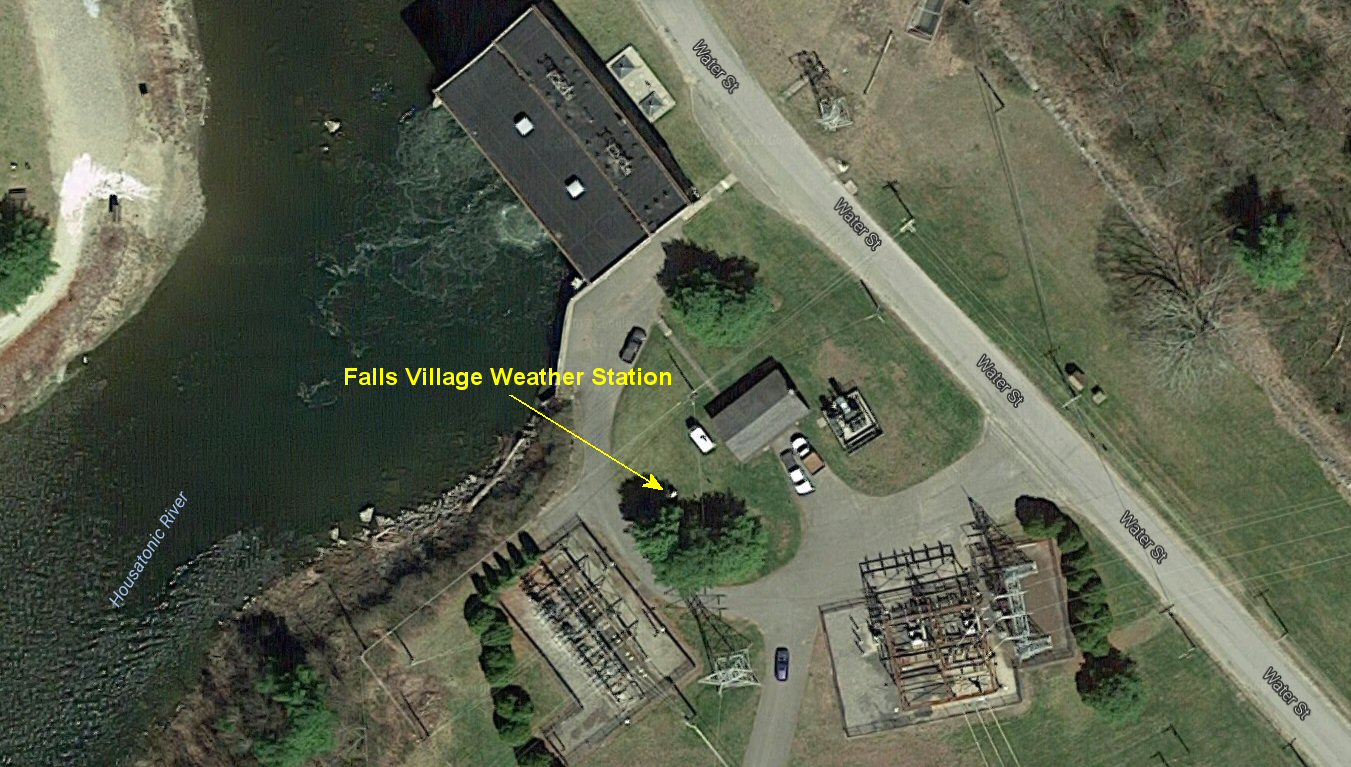The Greatest Scientific Fraud Of All Time -- Part XIV
/The Daily Caller reported over the weekend that Congress is about to pass a bill zeroing out the budget of NASA's "Earth Sciences" division for global warming research:
Republicans plan to end the more than $2 billion NASA spends on its Earth Science Mission Directorate. “By rebalancing, I’d like for more funds to go into space exploration; we’re not going to zero out earth sciences,” Texas Republican Rep. Lamar Smith, who chairs the House Committee on Science, Space and Technology, told E&E News.
Well, this couldn't come soon enough. These NASA bureaucrats are the people who, under leader Gavin Schmidt, engineer just enough "adjustments" to world temperature records each year to make it possible to claim that this year has just set a new "record" for high temperatures. Always, the "adjustments" seem to make the past cooler and the present warmer. For lots of detail on this subject, see parts I through XIII of this series, available at this link.
I come back to this topic today because a guy named John Mauer has a post today at Watts Up With That about NASA adjustments to temperatures at a weather station near and dear to myself, namely the one at Falls Village (Town of Canaan), Connecticut. I own a house in the adjacent town of Salisbury, about 3 miles from this weather station; and I pass it regularly. Mauer has collected the details of recent adjustments made by NASA to the temperatures at Falls Village, as well as NASA's stated rationale for the adjustments. It couldn't be more preposterous.
Here's Mauer's picture of the aerial view of the siting of the weather station. It's next to the Falls Village power station, and right down by the Housatonic River, which is visible in the view. The river forms the border between Canaan and Salisbury, so the small piece of land visible in the picture on the other side of the Housatonic is actually in the Town of Salisbury.
The temperature record for this station goes back 101 years, to 1916. You might think that the power station might affect the record some, but it was actually built in 1914. Also, it's not very big (11 MW), and is a hydro plant associated with the waterfall on the river that's just out of view.
Mauer points out that NASA chose to make some substantial adjustments to the historical temperature record at this station in 2015, conveniently timed to be shortly before the big Paris climate conference at the end of that year. You won't be surprised that the adjustments are completely typical for NASA adjustments at all weather stations: the past has gotten substantially cooler when compared to the raw data, while the recent years to the present have either stayed the same or gotten a little warmer. NASA itself actually provides a graph demonstrating the changes, and Mauer has copied that graph in his post:
Mauer has then backed the adjustments out of this graph and compiled them into this new graph of his own:
Suddenly what might have seemed like some sophisticated scientific work when you looked at NASA's graph is revealed as not so sophisticated at all. From 1916 to 1924, they have just lowered all annual average temperatures by a flat 0.8 deg C. Then, after a gap of a few years in the adjusted series (unexplained), they lower all temperatures from 1927 to 1939 by a flat 0.6 deg C. In the 70s they seem to have gone for a negative 0.6 deg C adjustment, while for the 80s they went for negative 1.2 deg C. But suddenly in the 2000s, the adjustment became + 0.4 deg C.
OK guys, can you kindly explain. This time I will quote from the NASA website:
GHCN-adj-homogenized is the adjusted, cleaned data with the GISTEMP removal of an urban-only trend.
"Removal of an urban-only trend"? Really? In Falls Village, Connecticut? I can't even start to figure out what this means.
First of all, Falls Village is about the opposite of "urban." It is approximately 100 miles from New York City. The latest Census estimate of the population of the Town of Canaan is 1195 people in 33 square miles. (Adjacent Town of Salisbury has 3665 people in 60 square miles.) In my only quibble with Mauer, he says that the Town of Canaan is "mostly farmland." Actually not -- it is about 80% forest, and of the unforested part, much is lawns or fields that are not farmed. There are very few farms left. This part of Connecticut has been reverting to forest for a good century and a half. See my famous Defunct Agriculture Tour of the area here. The population of the Town of Canaan actually peaked in 1850 at 2627, and hasn't remotely recovered.
But even if the Town of Canaan were an "urban" area, or even semi- or partially-urban, how could it make sense to adjust temperatures from 50 and 100 years ago down by half a degree or more? If Canaan had become an urban "heat island," wouldn't that mean that you should adjust recent temperatures down (to account for distortions coming from buildings or pavement or whatever), while leaving the past the same? Well, that's not the way it works at NASA. I think that the game plan is to bury this stuff in lots of details and hope that nobody has the time or inclination to get into the weeds and ask any difficult questions.
Again, they can't fire these guys fast enough. But I'll still believe it when I see it. Meanwhile, they could use about 100 new people to go in and audit what's been going on for the last 20 years.


